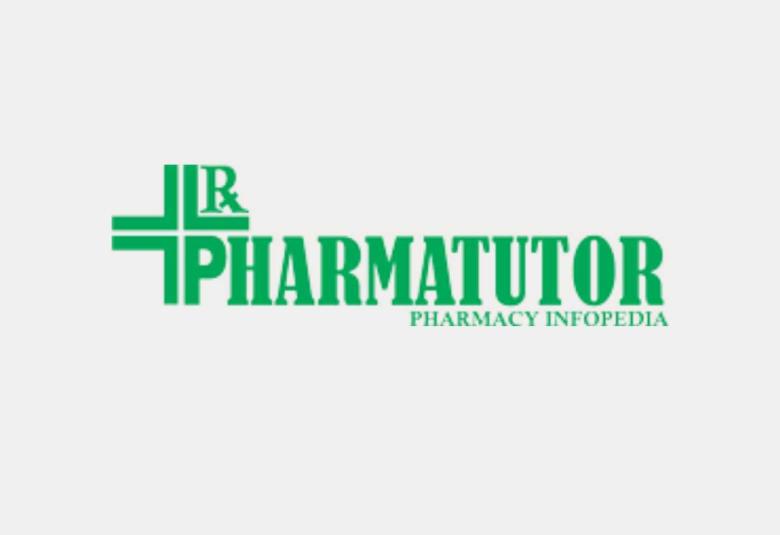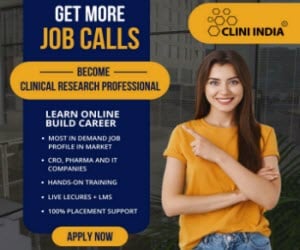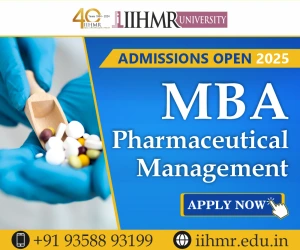CANCER CURE: HANDLE GENTLY (NEW HOPES FOR PATIENTS AND RESPONSIBILITIES OF SCIENTISTS)
{ DOWNLOAD AS PDF }
ABOUT AUTHORS
Dr. Vishwas*, B. Chavan
Aditya Jyot Eye Hospital and Foundation
*vishwaschavan2003@yahoo.co.in
ABSTRACT
Cancer is one of the leading causes of morbidity and mortality worldwide. Many patients succumbed to the disease despite best efforts from medical and surgical oncologists. This is because of several challenges like treatment resistance, genetic heterogeneity of tumor cells and high cost of new therapies. It is clear from the recent research that to overcome cancer, a gentler approach is necessary. This approach include controlling inflammatory processes, discovering compounds which can offer minimum resistance from cancer cells, targeting therapy where it is actually needed and increase strength of the patient’s body by non-drug ways like exercise and modulating gut microflora. Scientists can help the patients more directly by devising more clinical level studies and publishing results as much as possible, even negative ones (like failure of a novel drug to treat cancer), to avoid loss of precious time and money. A coordinated effort from clinicians, patients and scientists planning studies at clinical level and publication of data, even negative ones can help defeat cancer, even at advanced metastatic stage IV stage.



 ABOUT AUTHORS
ABOUT AUTHORS







